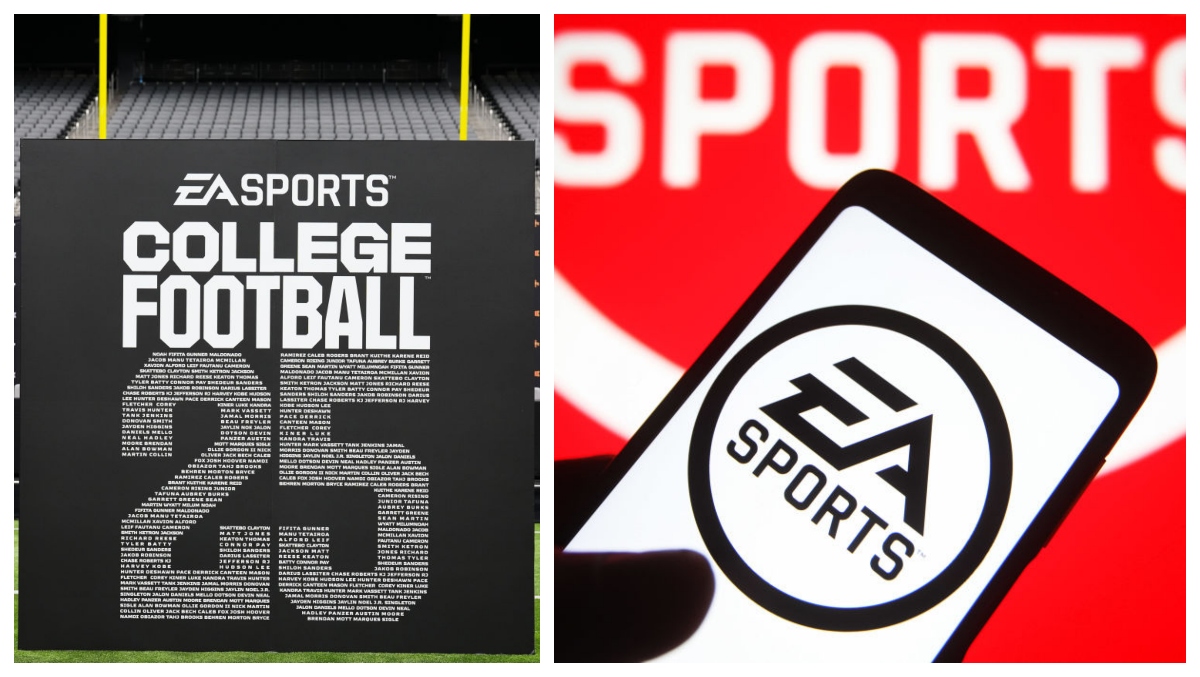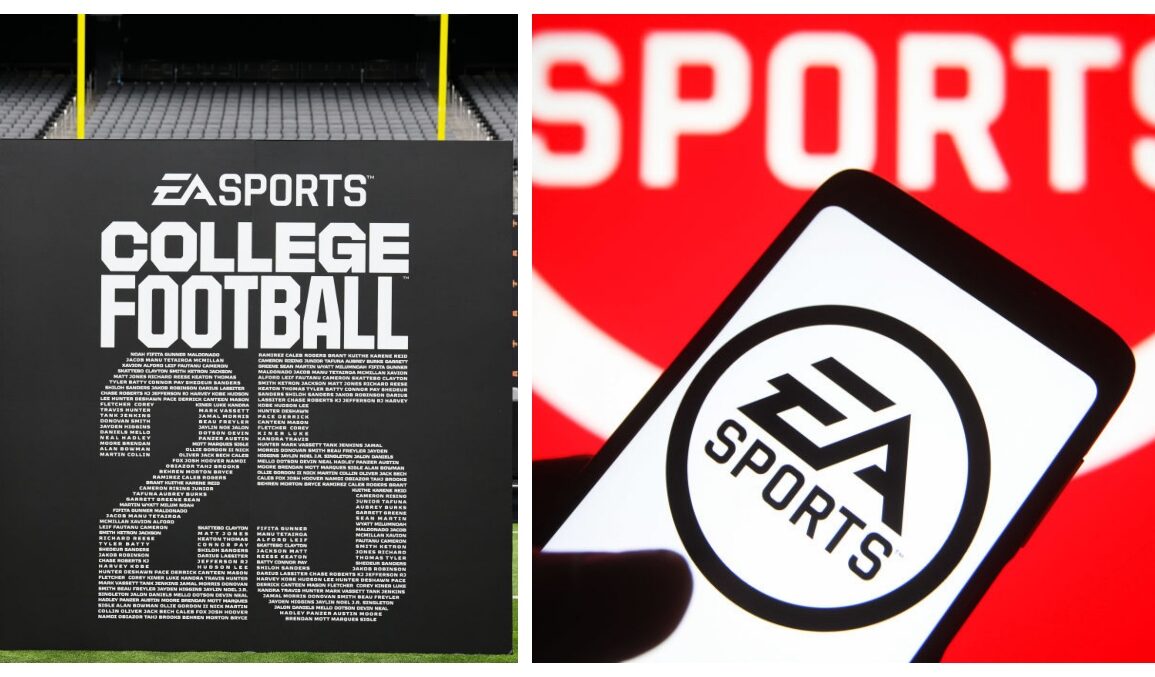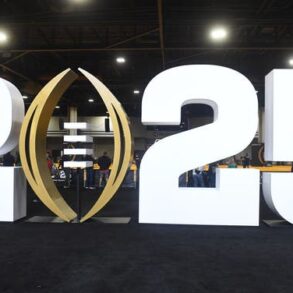
The more fans who play as a specific college football team, the more revenue the school will receive.
In an eye-opening and major development in the ongoing world of NCAA and NIL deals, EA Sports has announced that schools will now be able to get paid based on the number of times gamers choose their team in the upcoming EA Sports College Football 26 video game.
According to Cllct’s Matt Liberman, schools will be compensated in the form of royalties by how often their team is “used in gameplay.” There are 136 colleges and universities that have opted into the partnership with the gaming company, with all now eligible to be part of the revenue royalty program.
“For each CFB product released by EA SPORTS, we (CLC Learfield) will provide a percentage for each institution based on the games played for that institution as a percentage of the total games played across all institutions. This percentage of games played will become the final allocation percentage for each school that will be applied to the total gross royalties for all institutions received,” Cllct media reports based on documents obtained via the Freedom of Information Act.
SIGN UP for The Daily OutKick. New Look, Same Attitude.
FANS CAN HELP MONETIZE THEIR FAVORITE TEAM
In other words, video gamers and fans will be able to have a direct impact on their school’s recruiting and NIL money. The possibilities are endless in what may turn out to be a brilliant strategic move by EA Sports. The gaming company clearly knows that college football has some of the most rabid fanbases in all sports – from the Vols to Bama to the Bulldogs and the Clemson Tigers. The possibilities for chaos (and a heck of a lot of video game sales) are massive.
“It’s a fascinating incentivizer from EA Sports standpoint,” one high-level gaming source told me while adding that he expects more games to be sold and more teams and schools to be committed to building their EA relationships and marketing efforts.
THERE ARE SOME CONCERNS THOUGH
As with all things related to NIL these days, there are some important questions that need be answered. The first one involves the compensatory system itself. The public needs to know what, or more importantly, how long a game must be played in order to count towards the school’s NIL program.
My bigger concern, however, is bots.
Who is to stop bots and automatic gaming systems from just racking up games throughout the night from all over the globe? There has to be some sort of technological oversight, otherwise, the legitimacy of the royalty program would come into question, similar to what happened with Spotify after it was found that some third parties were being hired by labels, or artists, in order to utilize automated streaming systems to boost a particular song or album. The result not only brought in more compensation and royalties, but also attention and more popular playlist adds. Both the NCAA and EA Sports need to make sure this doesn’t happen.
“There are ways to monitor for that sort of thing and also the community itself can help police that with reports and what not,” the gaming source continued. “Although we still don’t know what counts as ‘games played’, my guess would be online games only, which would be easier to track for bots and other nefarious activity.”
Regardless, the EA Sports / NIL / NCAA development is another gamechanger as schools will look to bring in as much additional revenue as they can. On Friday, a judge upheld the House Settlement ruling that essentially allows schools to pay college athletes, which is expected to change the landscape of college sports forever.
Between that ruling and EA Sports’ latest royalty program, everything we once knew about college sports continues to be dismantled.
WHAT DO YOU THINK OF THE CURRENT COLLEGE FOOTBALL NIL LANDSCAPE? TWEET ME: @TheGunzShow
This post was originally published on this site be sure to check out more of their content.







